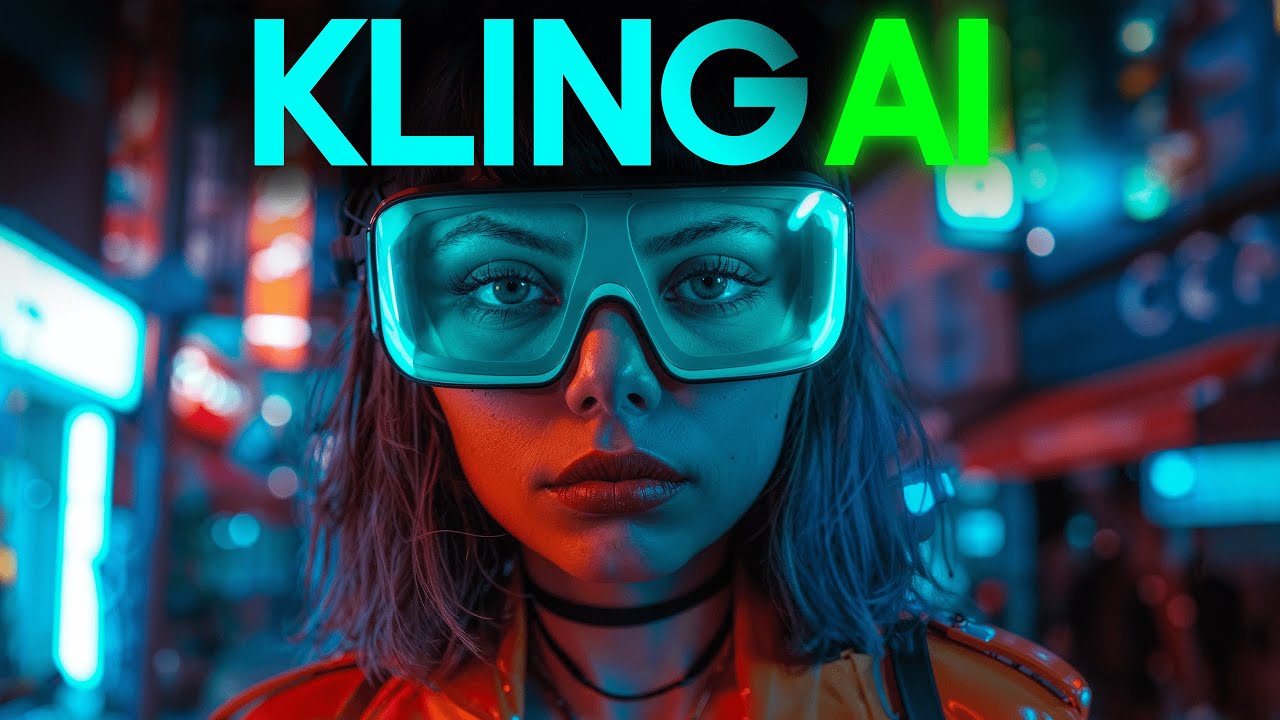Kling AI, developed by Kuaishou, is a state-of-the-art text-to-video generation tool that transforms text prompts into highly realistic videos. This innovative model is based on diffusion transformer architecture, similar to OpenAI’s Sora. What sets Kling AI apart is its ability to support a range of aspect ratios and shot types, making it versatile for various creative needs.
The standout feature of Kling AI is its advanced 3D face and body reconstruction. This allows for full expression and accurate limb movement within the videos. As a result, the generated content exhibits a high level of photorealism. Although some clips may experience minor blurring, it is significantly less noticeable compared to other AI-generated videos.
One of the most impressive demonstrations of Kling AI is a clip featuring a parrot that appears astonishingly real. Another notable example is a video of a burger, which leaves viewers questioning its authenticity. Moreover, Kling AI excels in creating realistic motion, as demonstrated by a clip of milk pouring into a glass of coffee, showcasing its ability to handle complex liquid dynamics.
In the competitive landscape of AI video generation, Kling AI stands out by offering accurate motion and realistic depictions of the physical world. This places it in direct competition with other players like Runway, Pika Labs, and newcomers such as Haiper, LTX Studio, and Higgsfield. Google’s new Veo model also adds to the competition, highlighting the rapid advancements in this field.
Despite the fierce competition, Kling AI’s ability to produce high-quality, photorealistic videos makes it a promising tool for content creators. As OpenAI and others continue to enhance their models, the future of AI-generated videos looks incredibly exciting, with Kling AI leading the charge in innovation and realism.
